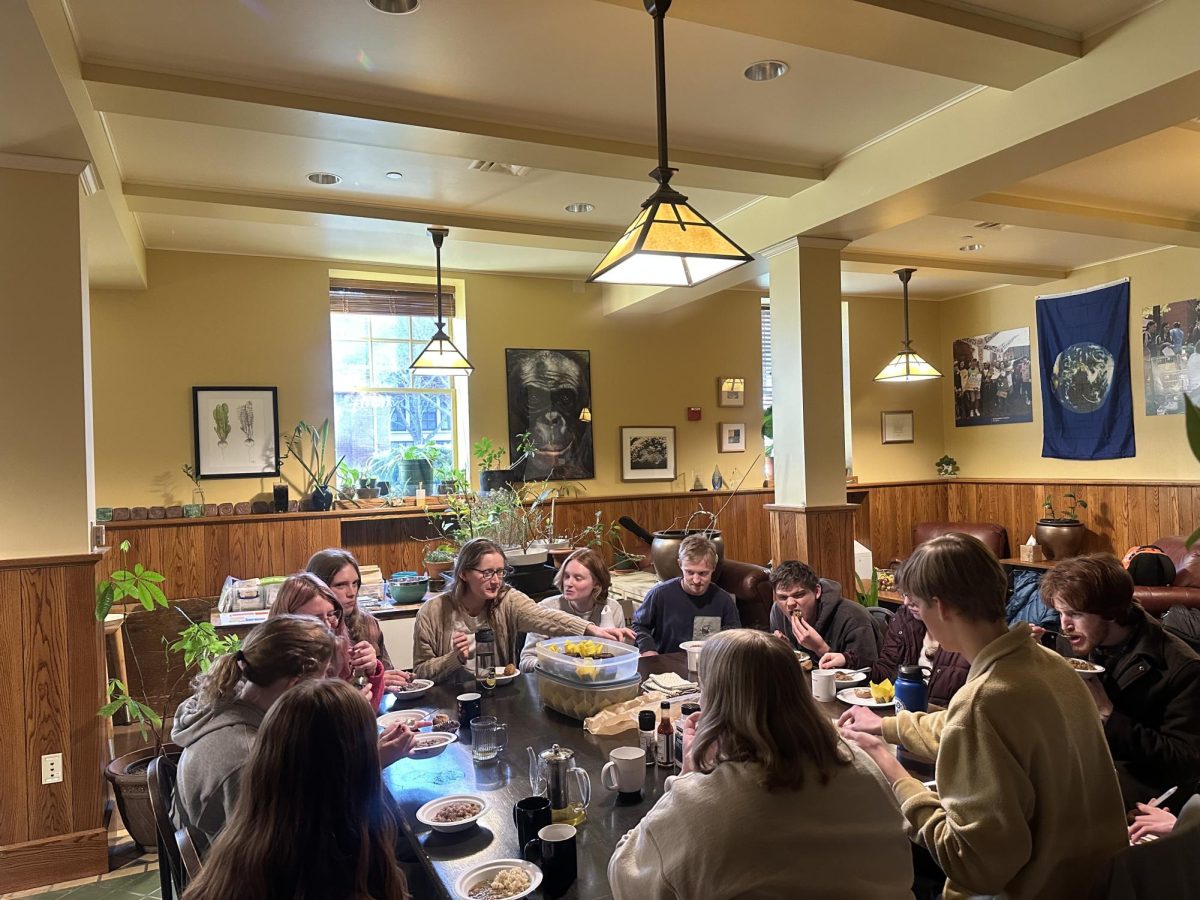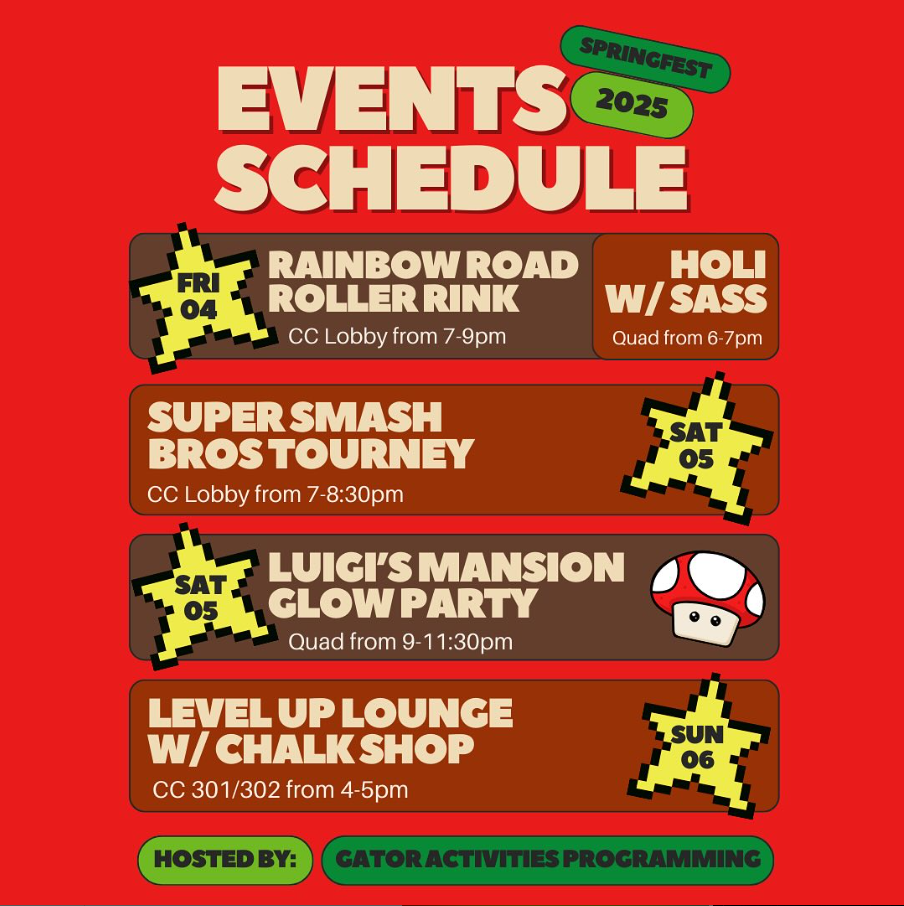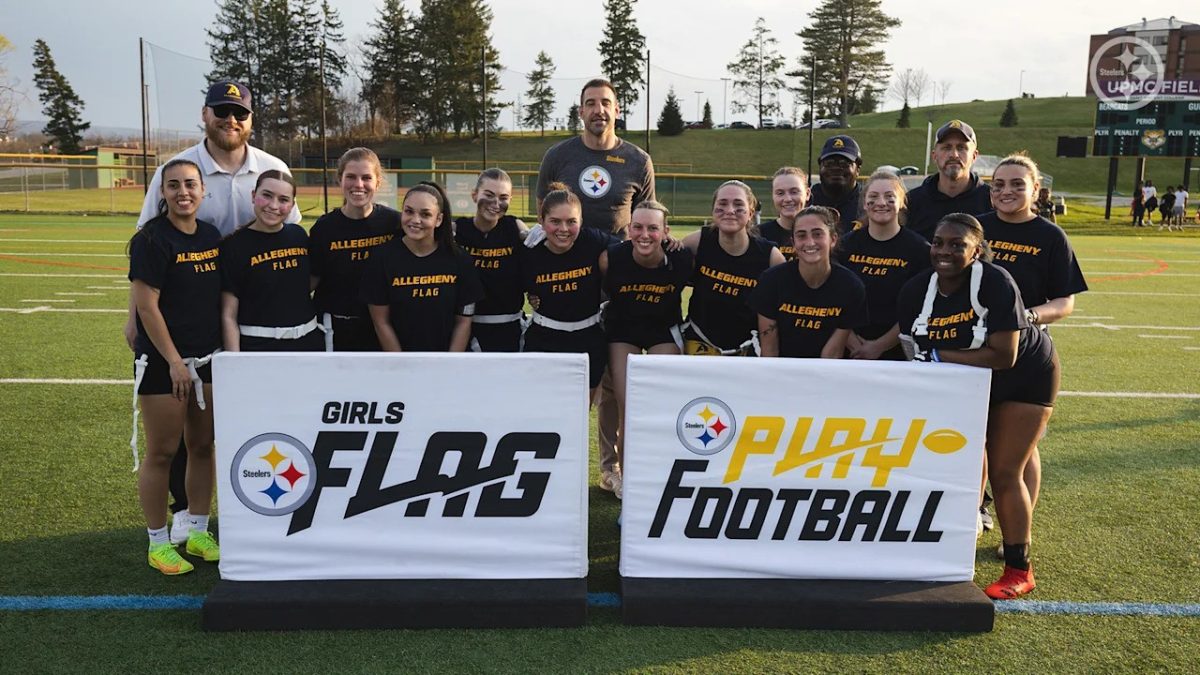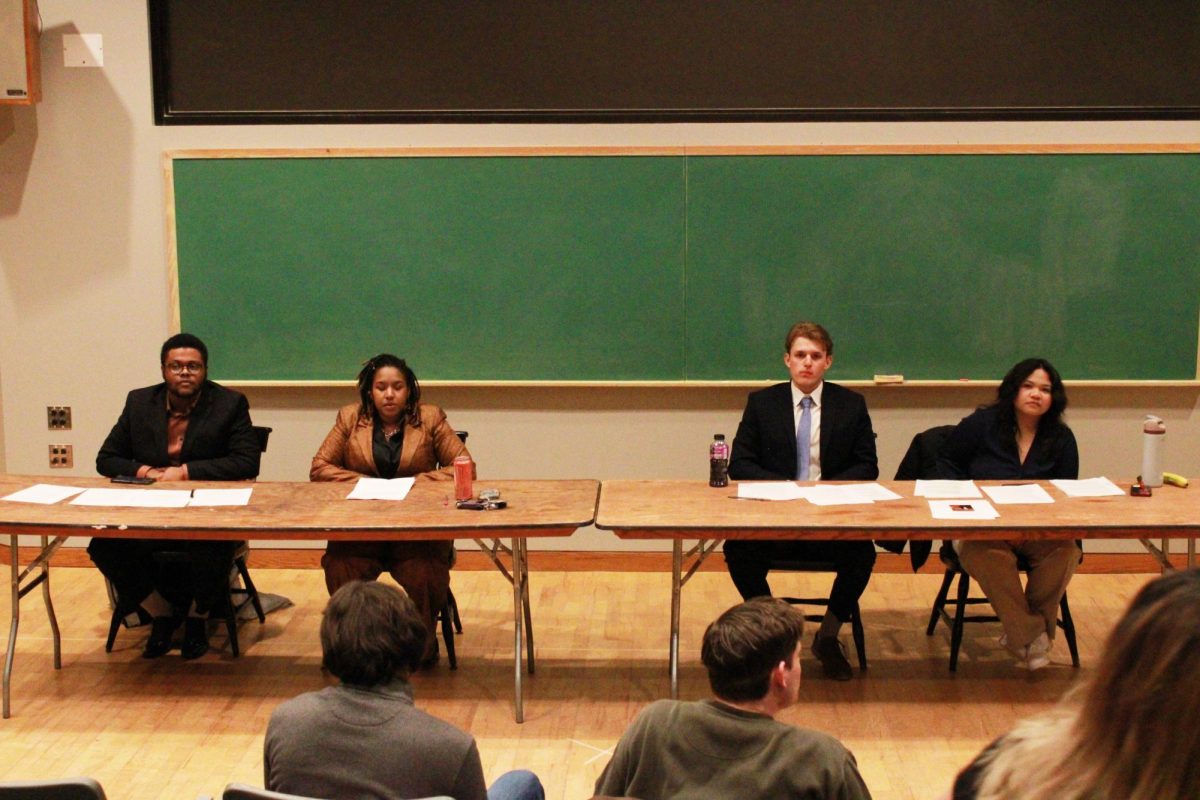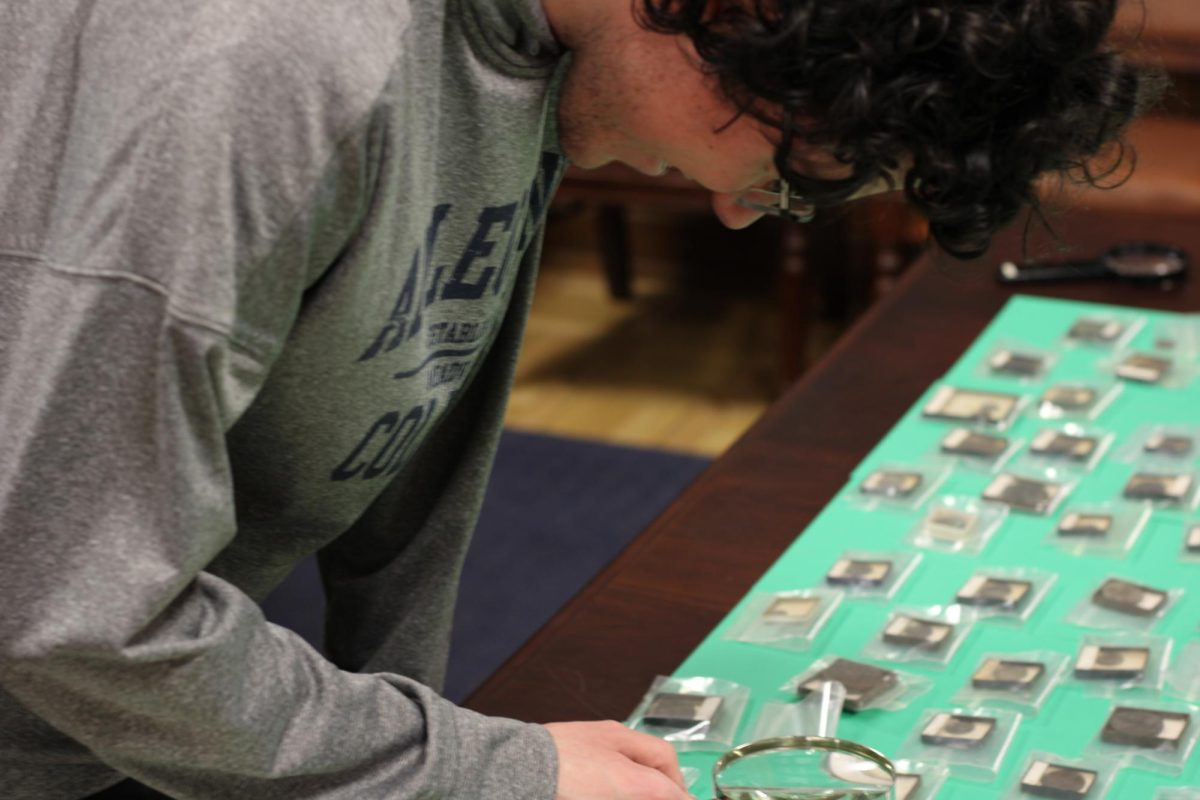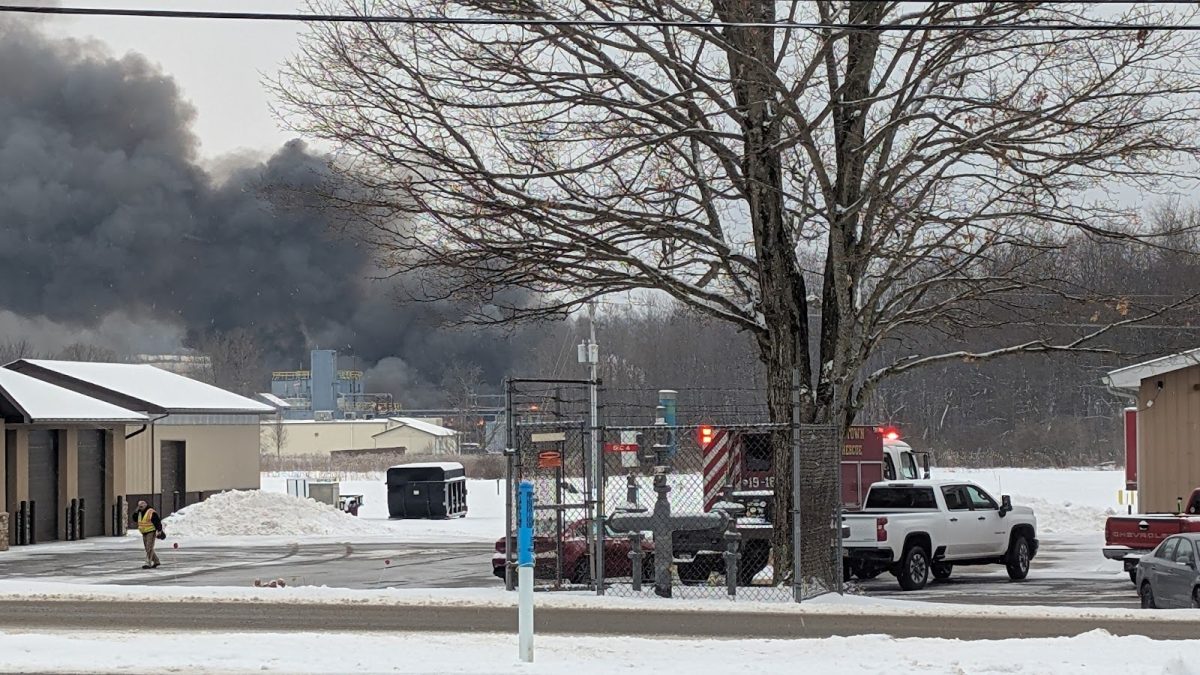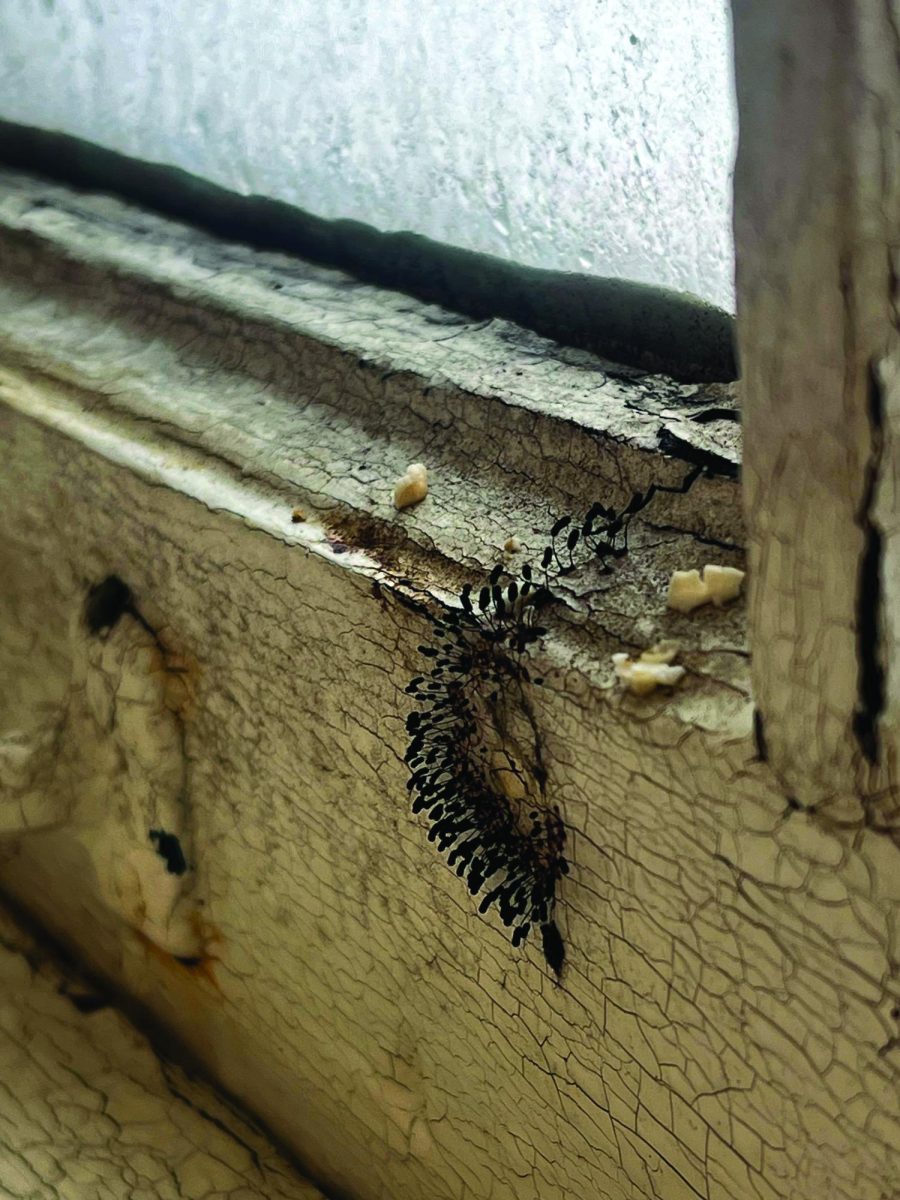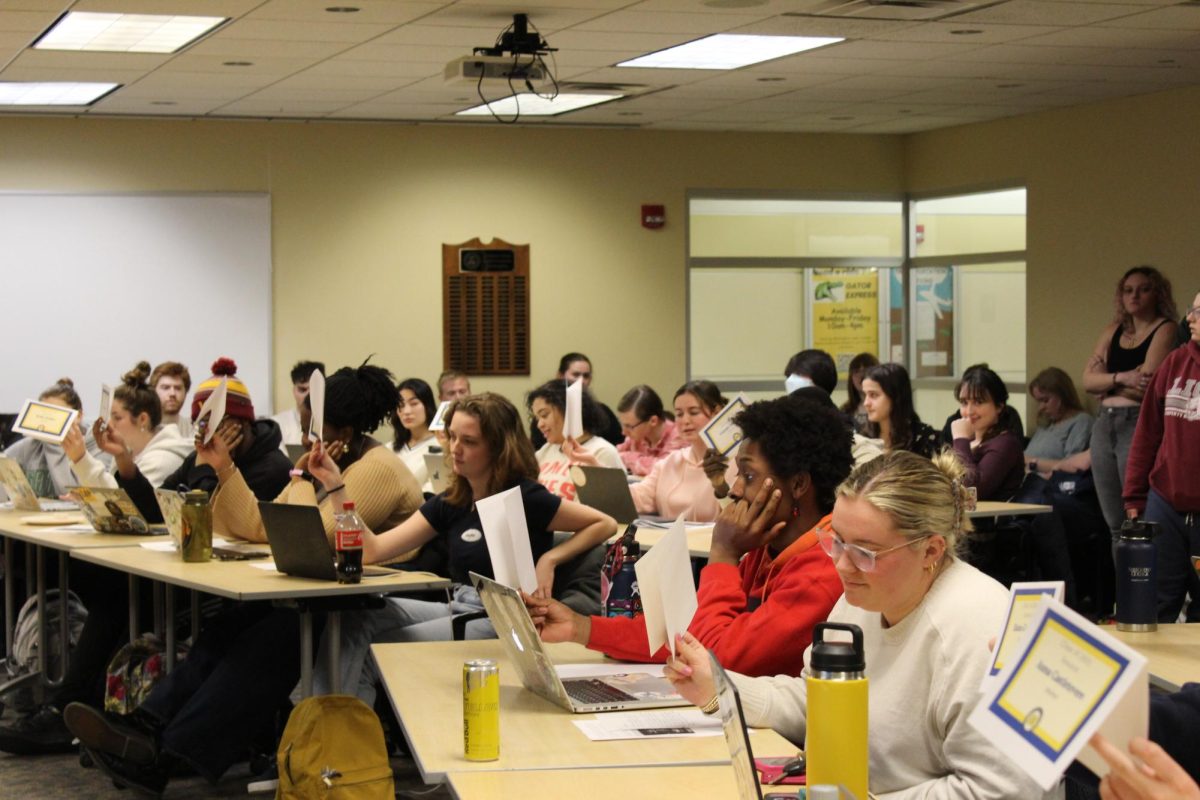The Environmental Science and Sustainability Department is currently evaluating six candidates to fill two new professor positions for the next academic year.
The department’s current faculty attempt to cover as much of the discipline as possible, though some things inevitably get left out.
Department Chair Terrence Bensel described environmental science as a “broad, interdisciplinary field” that “encompasses everything” from the hard sciences to the humanities.
“If you imagine an ES program that teaches everything there is to (know) about the environment, you would have 150 professors,” Bensel said.
Former Chair and Assistant Professor of Environmental Science Beth Choate departed the college in August. Christine Scott Nelson ’73 Endowed Professor in Environmental Science and Sustainability Eric Pallant, who founded the department, also plans to leave soon and retire at the end of the spring semester, leaving two positions open for the fall.
With two vacancies, the department sent out a single nationwide job posting for both positions at the end of October, according to the department’s October 2023 newsletter. The job posting highlighted that the department was searching for individuals who specialize intopics related to food, water and climate.
Bensel said that out of the 75 people who applied for the positions, the department held interviews with 16 by videoconference this past December.
Based on those interviews, the list of potential candidates was narrowed down to the six that have been — or will be — coming to campus this spring.
It can be a challenge to find somebody who has expertise in all those fields that ESS encompasses and can communicate all that information effectively, according to Bensel. So, the department is looking for “interdisciplinary teachers and scholars who are willing and able and excited about working closely with undergraduate students in the classroom and research environments,” Bensel said.
Using Pallant as an example, many articles in the department’s January 2024 newsletter take note of his ENVSC 230 class “Soil to Plate,” which dove into the link between product life cycles and food manufacturing methods. Also noted are Pallant’s contributions to the designs of many buildings on campus, including North Village I.
Candidates will come to campus to give presentations about their research on either a Monday or a Friday during lunch hour in Carr 239. The lectures will be attended by two committees responsible for providing feedback on the candidates: an environmental science faculty committee and a student committee composed of environmental science majors. The lectures are open to all students and will be finished by Tuesday, Feb. 6.
Candidates come in the day before their lectures and are welcomed by some of the faculty. The next day, from 7:45 a.m. to 5:30 p.m., is spent not just lecturing to and having lunch with students, but also meeting with various deans and all the members of the ESS department. The meetings conclude the next morning with a debrief from Bensel.
After the lectures, the student committee has the opportunity to have lunch with the candidate where they can provide them with a student’s perspective on life at Allegheny.
“Just our experiences here, whether that’s in the community or on campus,” said Bianca Sanchez, ’24.
It also provides an opportunity to ask the candidates for a “more specific and in-depth plan of how they plan to incorporate their research into Allegheny classes and what classes they would be proposing or what classes they would be interested in teaching,” Sanchez said. The two candidates that she had the opportunity to meet proposed “a microbial ecology class,” a “quantitative data analysis class,” as well as classes about land rights and agro-ecology.
The student committee’s feedback is crucial in selecting a candidate, Bensel said, adding: “You can’t be successful here if you can’t get along with the students.”
Bensel said that he’s “been a part of faculty searches where the faculty are really excited about a candidate and we get the student evaluations and the students are like ‘This guy was a jerk.”’
Because of this, the candidates’ amiability with students is the most important factor being considered.
To decide who would be chosen for the student committee, the department brainstormed a list of more than 20 ESS majors. Sophomores and juniors were the main focus of the search since they will be on campus in the fall when the new professors will be teaching. Seniors were included since they have more experience regarding how the department works.
From that point on, the main determining factor for students was availability. Bensel informed the students that they only have to go to four of the six presentations if possible. Only 10 students could attend all of those presentations, and of those 10, only five could attend lunch with the candidate afterwards.
After seeing the candidate’s presentation and having lunch with them, the students fill out a “Report of Student Experience”-like questionnaire that asks about the candidates’ strengths, weaknesses and whether the student would want to take a class with said candidate or be their academic or comprehensive project advisee.
Bensel will not review the feedback the candidates received until after all six have visited. Similarly, reference letters will not be read until the visits are over.
“Typically as a department we do these things on a consensus basis,” Bensel said, adding that the faculty will make decisions based on their own notes, the feedback the students provided and the letters of reference.
The new hires will sign contracts in March or April and will begin teaching this fall. The current plan is to slot them into existing courses with the hope that they will eventually produce their own based on their personal expertise.





